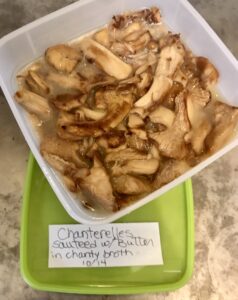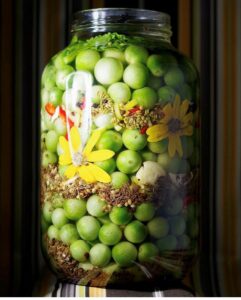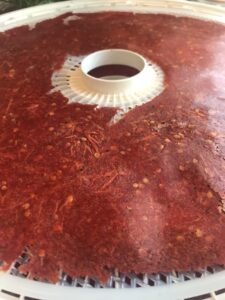
A former co-worker, mentor, customer, and friend popped up in my inbox the other day to ask if the post Tiny Bubbles was me. (We popped up in a Google search! Yay!!) We chatted about his ferment and yesterday he brought homemade Persian pickled eggplant. I asked what to eat it with and he smiled that bright-eyed smile he gets when we talk about food and said, “Rice.” Inspiration for dindin.
I asked my friend and former co-worker, Katlyn Axmaker, to share her meal planning methods, because that lady has mad meal planning skills! Take note folks, this is good stuff.
What’s For Dinner?!?
If you’re anything like me, the question, “What’s for dinner?” was asked 297,542 times last year. Maybe it just felt like it? The thing that keeps me sane and in control in the kitchen is my weekly meal plan. I spend much less time staring in the refrigerator trying to figure out what I can make with two eggs and a leftover slice of cold pizza. Let me walk you through how I meal plan for the week.
The first thing I do when starting my plan is look in the fridge to see what needs to be used up. I want to use those ingredients before they go bad. If I don’t make a plan on how to use them, they end up in the compost bin and I hate throwing away my hard-earned money. This week we have sliced ham, carrots, bell pepper, and some chicken bones. The Food Hero ingredients search is an easy way to find recipes specifically for what’s on hand. This week I chose Pineapple Veggie Chicken to use up the bell pepper and carrots. I’m making chicken stock with the chicken bones and then planning to use it and the ham in Ham and Vegetable Chowder.
Next, write out each meal, including snacks. If you are looking for a printable template, check out MyPlate. I look at our family calendar when planning the menu and schedule the quickest/easiest to prep or make-ahead meals for nights we’re gone all day or are busy immediately after work or school. We have sports practice two evenings next week and I’m planning quick meals so we aren’t tempted to go to a drive-thru or order takeout.

Once the meals are planned, I shop my pantry, fridge, and freezer for the ingredients. This way I only buy groceries we need and it allows me to rotate groceries and nothing gets shoved to the back corner of the pantry for five years. The remaining ingredients make up my grocery shopping list, and I stick to the list!

Photo by Buffy
Finally, prep groceries as soon as you get home from the store. Produce can be cut, meat can be portioned out, and cheese can be cut or shredded. If getting meals in front of my hungry family during crunch-time is easier and faster, I’m more likely to stick to my plans. So when my child asks me, “What’s for dinner tonight?” my answer is, “Pineapple Veggie Chicken and Rice!”
Tip and tricks I use to make my food stretch, keep my grocery costs down, and make sure my family is engaged:
- Ask everyone in the family to suggest a meal (or one of each type of meal) they would like to have next week. Keep on file for future reference.
- Make ingredients work for more than one meal. Often buying a larger amount of fewer ingredients reduces overall cost.
- Plan leftovers as a future meal or use them in a different recipe later.
- Freeze leftovers in single serving sizes for quick lunches and dinners.
- Have a couple go-to meals where you can mix and match ingredients easily. This makes planning much easier.
- Plan meals seasonally. Produce is less expensive and tastes better during its harvest season.
- Check grocery store sales when creating the menu list. If something is on special, buy extra to stock up the pantry or freezer, and possibly avoid having to buy it later at a higher price.
- Keep in mind that meal plans are just plans. If you want to move meals around, it’s okay.
Helpful meal planning and storage Extension publications :
- Foods That Do Not Freeze Well
- Frozen Food Storage Guide
- Storing Food For Safety and Quality
- Other OSU Food Preservation Publications
Thank you, Katlyn!
My first seed catalog showed up in the mail last week and a friend texted to see what type of cucumbers I planted last year, prompting me to stop procrastinating and order my seeds. Dreaming and planning my garden in anticipation of next year’s harvest is one of my favorite things to do in January. I truly appreciated the care in that text. It’s a great reminder to reach out to your peeps and let them know how important they are. Thank you for all that you do in your world. You matter. Keep taking care of yourselves.
As always my friend, stay curious and be excellent to each other.
Buffy Rhoades| mom. forager. gardener. volunteer turned program assistant. a real busy beaver
![]()
![]()
![]() Healthy Together Newsletter Website
Healthy Together Newsletter Website
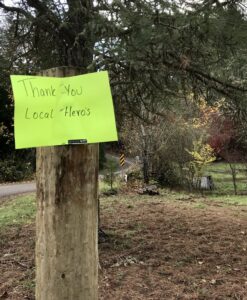

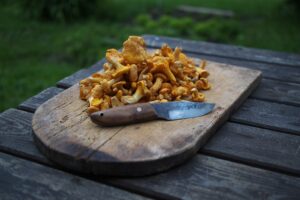




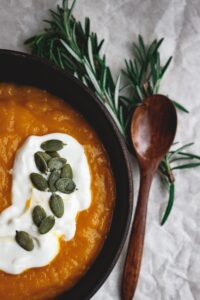
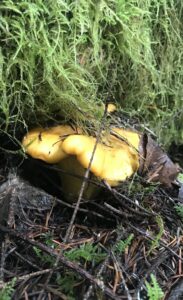
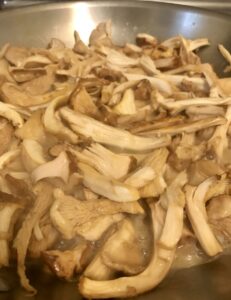 I like the effect of
I like the effect of 